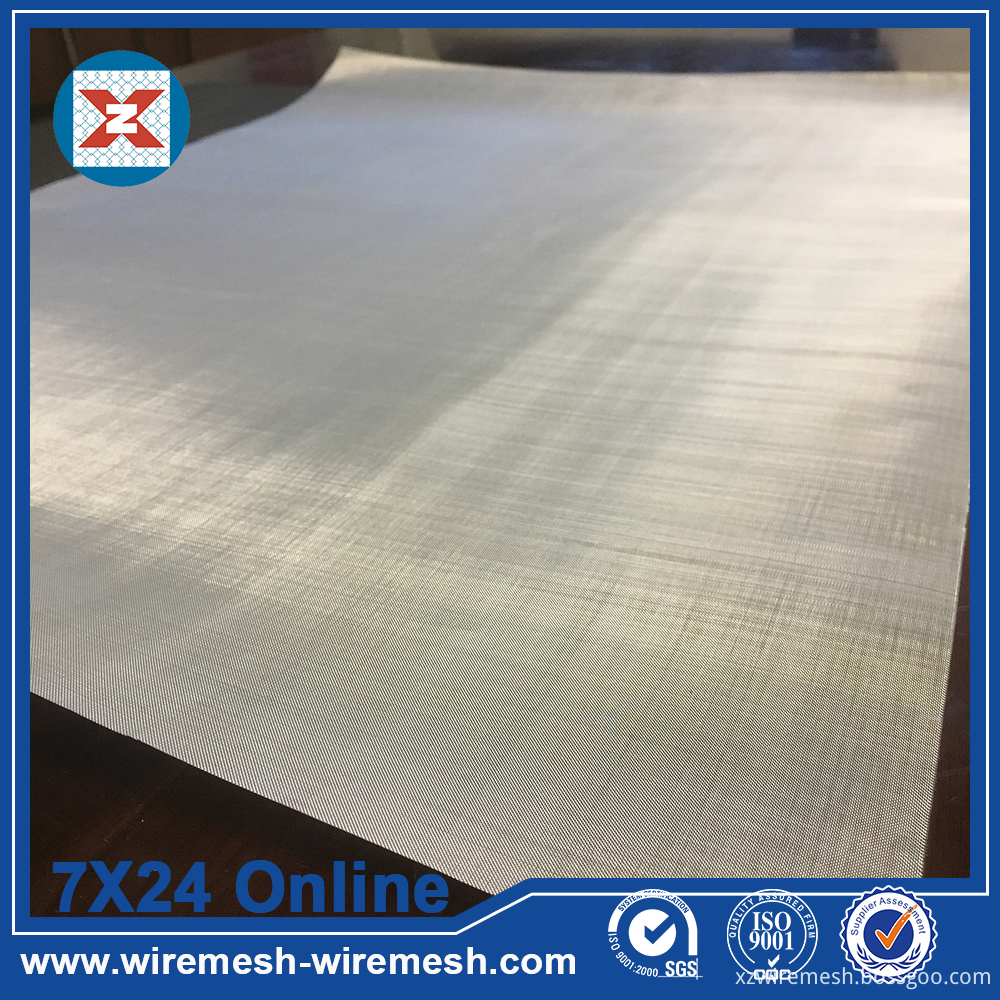Under the specified operating environment and operating conditions, the main technical data of the transformer is generally marked on the nameplate of the transformer. Mainly include: rated capacity, rated voltage and its tap, rated frequency, winding connection group and rated performance data (impedance voltage, no-load current, no-load loss and load loss) and total weight. A, rated capacity (kVA): Rated voltage. The capacity that can be delivered when operating continuously at rated current. B. Rated voltage (kV): The working voltage that the transformer can withstand when it is operated for a long time. In order to meet the needs of the grid voltage change, there are taps on the high voltage side of the transformer, and the output voltage of the low voltage side is adjusted by adjusting the number of turns of the high voltage winding. C. Rated current (A): The transformer allows the long-term passing current under rated capacity. D. No-load loss (kW): When the rated voltage is applied to the terminals of one winding, the remaining windings draw active power when they are open. With iron core silicon performance and manufacturing processes, and the application of voltage. E. No-load current (%): The current that passes through the primary winding when the transformer is no-load on the secondary side under rated voltage. It is generally expressed as a percentage of the rated current. F. Load loss (kW): Short-circuit the secondary winding of the transformer and pass the rated current at the rated tapping position of the primary winding. The power consumed by the transformer at this time. G, Impedance Voltage (%): Short-circuit the secondary winding of the transformer, slowly increase the voltage in the primary winding, and when the short-circuit current of the secondary winding is equal to the rated value, the voltage applied by the primary side at this time. Generally expressed as a percentage of rated voltage. H, phase number and frequency: The three-phase head is denoted by S, and the single-phase head is denoted by D. China's national standard frequency f is 50Hz. There are 60Hz countries abroad (such as the United States). I. Temperature rise and cooling: The difference between the oil temperature of the transformer winding or the upper layer and the ambient temperature of the transformer is called the temperature rise of the winding or the upper oil level. The temperature rise limit of oil-immersed transformer windings is 65K, and the oil surface temperature rises to 55K. There are also various cooling methods: oil-immersed self-cooling, forced-air cooling, water-cooling, tube type, and chip type. J, insulation level: There is insulation grade standard. Examples of the insulation level are as follows: The high-voltage rated voltage is 35kV and the low-voltage rated voltage is 10kV. The insulation level of the transformer is represented by LI200AC85/LI75AC35, where LI200 indicates that the transformer high-voltage lightning impulse withstand voltage is 200kV, and the power frequency withstand voltage For 85kV, low-voltage lightning impulse withstand voltage is 75kV, and power frequency withstand voltage is 35kV. The insulation level of current oil-immersed transformer products of Oaks Hi-Tech Co., Ltd. is LI75AC35, which means that the transformer high voltage lightning impulse withstand voltage is 75kV, and the power frequency The withstand voltage is 35kV because the low voltage is 400V and it can be ignored. K, coupling group label: According to transformer one. The phase relationship of the secondary winding connects the transformer windings into various combinations, called the winding connection group. In order to distinguish between different connection groups, the clock representation is often used. That is, the phasor of the high-voltage side line voltage is used as the long pin of the clock and is fixed at 12; the phasor of the low-voltage side line voltage is used as a short needle of the clock to see where the short needle points. A number, as the label of the link group. For example, Dyn11 indicates that the primary winding is a (triangle) joint and the secondary winding is a (star) joint with a center point, and the group number is point (11).
Anping Xinzheng Metal Wire Mesh Co. Ltd produces and sells all kinds of specifications, models and materials of Woven Mesh Products. Our wire mesh products are highly praised by buyers all over the world.
Woven mesh is produced according to the mechanical engineering industry weaves JB/T5979-92 standard, the standard with international standard ISO4783/1990.
Wire mesh mainly adopts plain weave, twill weaving and Dutch weaving
The main material is stainless steel wire(SS 304, SS316, SS316L, SS 302), galvanized wire, black wire and so on
The main features of woven mesh are precise structure, uniform mesh, good corrosion resistance and durability.
Main applications of wire cloth: sifting and filtration in acid and alkali environment, oil industry as mud net, chemical fiber industry as sun filter screen, electroplating industry as pickling net, gas liquid filtration and other media separation.
Woven Mesh Products Woven Mesh Products,Metal Cloth,Woven Steel Mesh,Stainless Steel Mesh Anping Xinzheng Metal Wire Mesh Co., Ltd , https://www.sievingmesh.com


Analysis of main technical parameters of transformer
